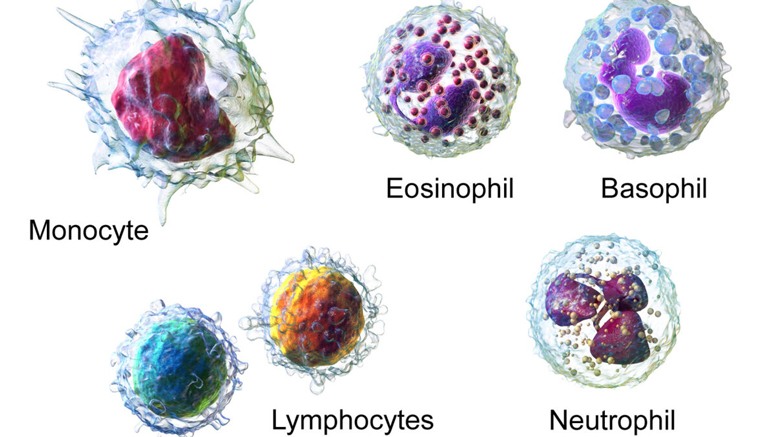What to Know About Granulocytes

Granulocytes develop and grow in the bone marrow (the spongy tissue found inside many of your bones).
Bone marrow has stem cells that metamorphosize into several types of blood cells, such as granulocytes. When they leave the bone marrow, they move in the bloodstream and receive signs from the immune system. Granulocytes are basically used to attack invading substances that can lead to inflammation or infection. Neutrophils, eosinophils, and basophils are the major forms of granulocytes.
Neutrophils are the most numerous, they account for about 40 to 70 percent of all WBCs. Eosinophils account for about 4 percent, while basophils account for 2 percent or lower.
Granulocytes help the immune system in protecting the body against foreign substances such as viruses, bacteria, parasites, and fungi that are responsible for infection or inflammation. Neutrophils are used in fighting off bacterial infections, eosinophils are used to protect the body from parasites and basophils and mast cells play vital roles in allergic reaction. They undergo degranulation when fighting off foreign substances and they release specific granules to neutralize the effects of the invaders.













